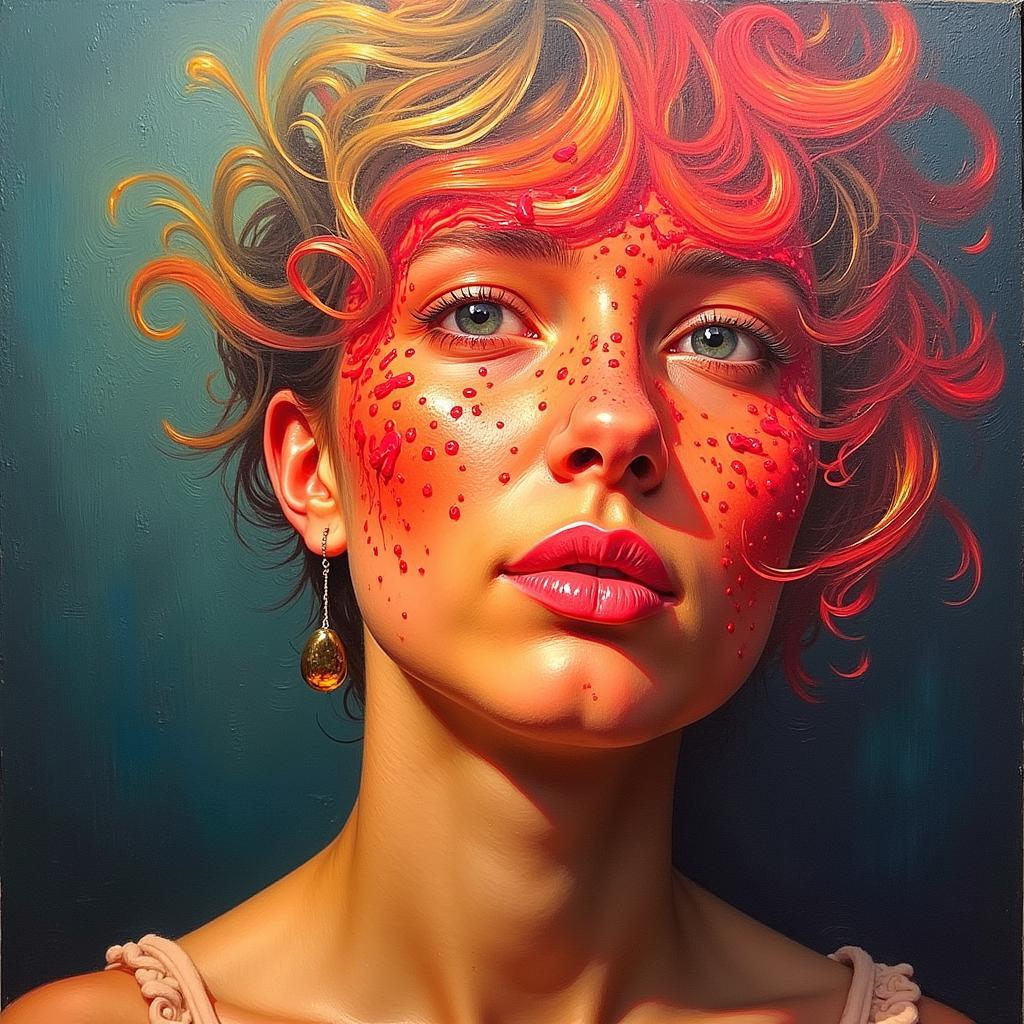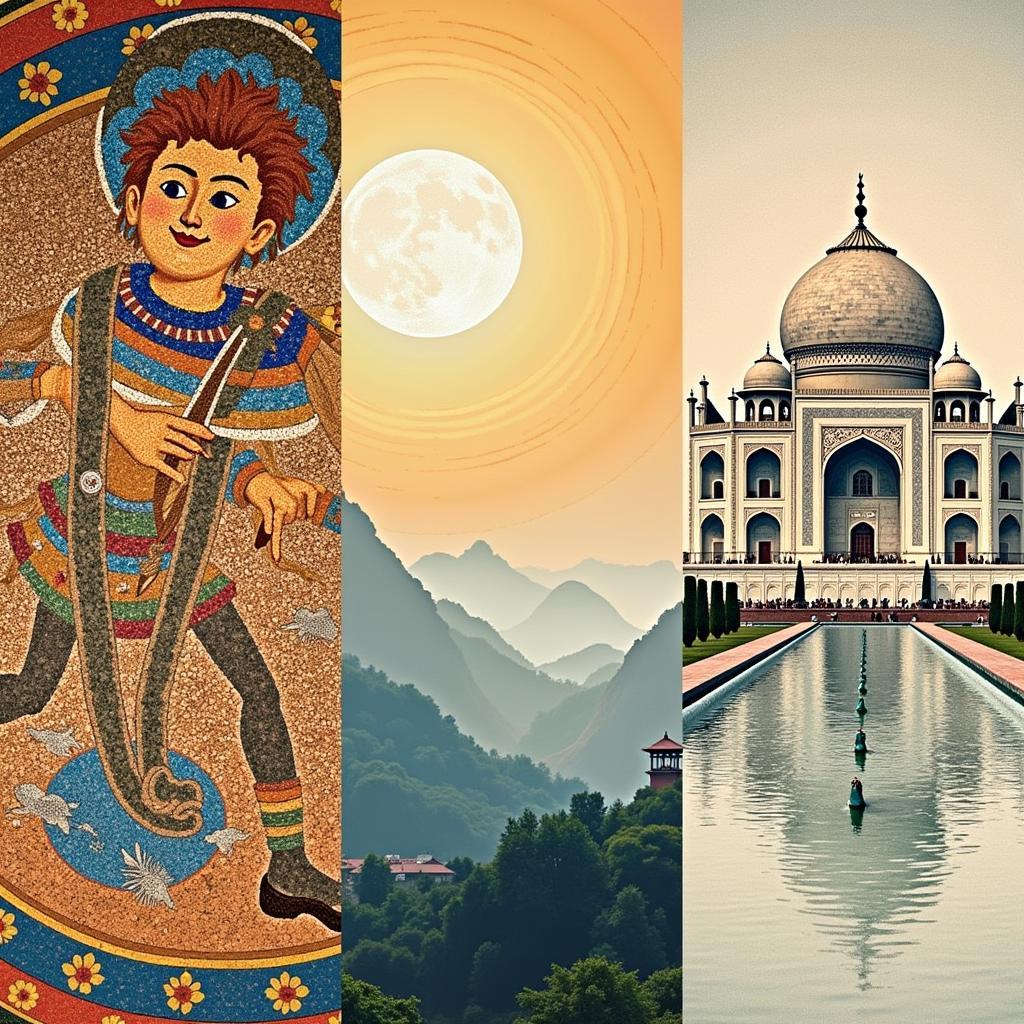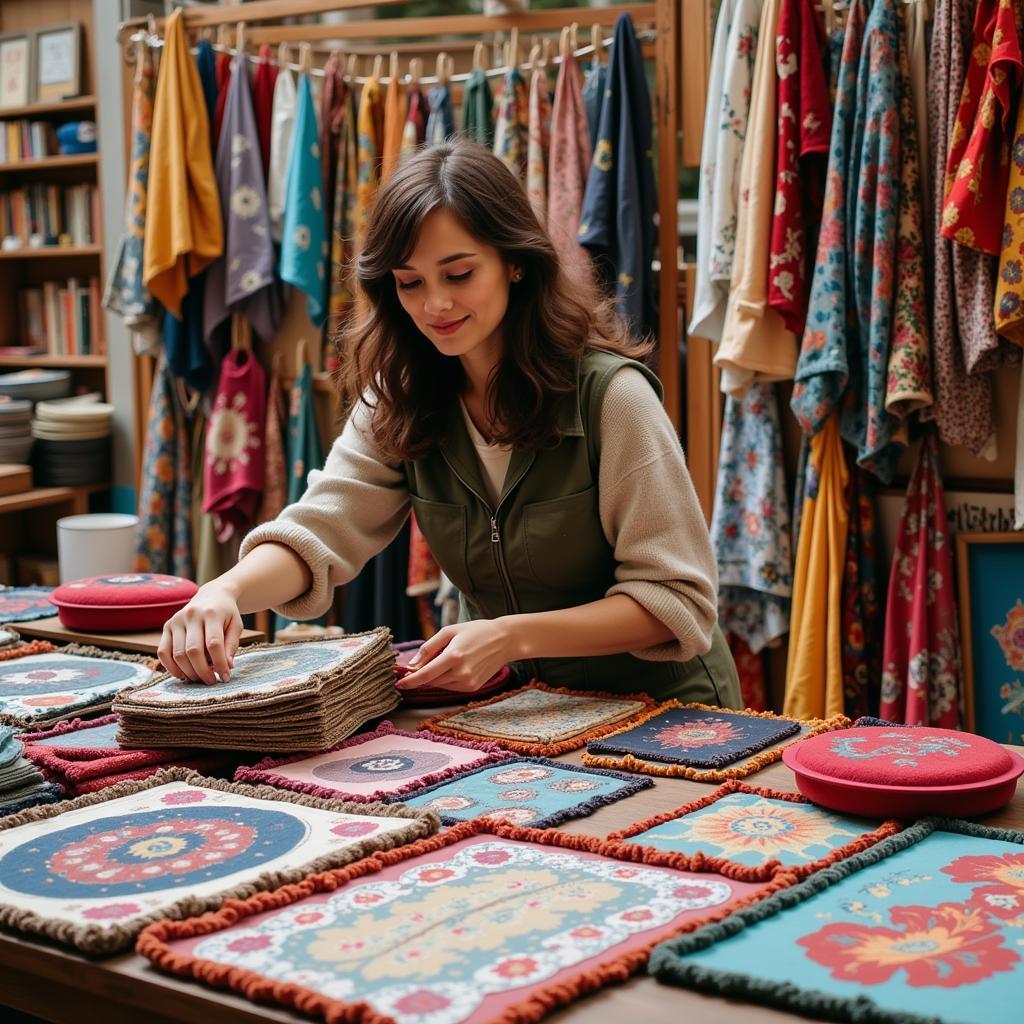Exploring the Vibrant World of Gay Black Art
Gay Black Art is a powerful and multifaceted genre that celebrates the intersectionality of queerness and Blackness. This art form provides a platform for artists to explore their identities, challenge societal norms, and reclaim their narratives. Through a myriad of mediums, from painting and sculpture to photography and performance art, gay Black artists have made indelible marks on the art world, pushing boundaries and sparking important conversations.
A Rich History of Resilience and Resistance
The roots of gay Black art can be traced back to the early 20th century, particularly during the Harlem Renaissance. This period of cultural awakening witnessed a burgeoning of Black artistic expression, and within this movement, LGBTQ+ artists found space to explore their identities, albeit often coded due to societal pressures. Artists like Alain Locke, Claude McKay, and Langston Hughes, while not always openly gay, explored themes of desire, same-sex love, and the complexities of Black identity in their work.
Breaking Barriers and Challenging Norms
The latter half of the 20th century saw a rise in activism and visibility for both the Black and LGBTQ+ communities. This wave of social change had a profound impact on the art world, as artists like David Hammons, Lyle Ashton Harris, and Glenn Ligon began to explicitly address issues of race, sexuality, and social justice in their work. These artists challenged the white, heteronormative gaze that often dominated the art world, reclaiming their narratives and demanding recognition for their lived experiences.
The Power of Representation and Visibility
One of the most significant aspects of gay Black art is its power to provide representation and visibility to a community that has historically been marginalized and underrepresented. For young LGBTQ+ people of color, seeing themselves reflected in art can be a validating and empowering experience. It can foster a sense of belonging, challenge feelings of isolation, and inspire a new generation of artists and activists.
The Intersection of Identity and Experience
Gay Black art is not a monolithic entity; it encompasses a wide range of styles, perspectives, and themes. Some artists focus on celebrating Black queer joy and love, while others tackle difficult subjects like racism, homophobia, and the AIDS epidemic. Many artists explore the intersectionality of their identities, examining how their race, sexuality, gender, and other aspects of their being intersect and influence their experiences.
A Continuing Legacy of Innovation and Inspiration
Today, gay Black art continues to thrive and evolve, with a new generation of artists pushing boundaries and challenging conventions. From the powerful portraiture of Kehinde Wiley to the thought-provoking installations of Theaster Gates, these artists are using their art to spark dialogue, raise awareness, and inspire change. Their work serves as a testament to the resilience, creativity, and unwavering spirit of the gay Black community.
Conclusion
Gay Black art is a vital and ever-evolving genre that celebrates the beauty, resilience, and complexities of the Black LGBTQ+ experience. Through their art, these artists challenge us to confront injustice, celebrate diversity, and embrace the power of representation. As we continue to engage with and support their work, we contribute to a more inclusive and equitable art world that reflects the richness and diversity of our world.
If you are interested in learning more about gay Black art, you can explore online resources, visit museums and galleries, and attend exhibitions featuring works by these talented artists. You can also support their work by purchasing art, attending their events, and spreading the word about their contributions to the art world.
FAQs
1. What are some key themes explored in gay Black art?
Gay Black art explores themes of identity, sexuality, race, social justice, love, loss, resilience, and the Black LGBTQ+ experience.
2. Who are some prominent contemporary gay Black artists?
Some prominent contemporary gay Black artists include Kehinde Wiley, Theaster Gates, Mickalene Thomas, Kara Walker, and Zanele Muholi.
3. Where can I find more information about gay Black art?
You can find more information about gay Black art online, in art history books, at museums and galleries, and through organizations dedicated to promoting diversity in the arts.
4. How can I support gay Black artists?
You can support gay Black artists by purchasing their art, attending their exhibitions, sharing their work online, and advocating for greater representation of marginalized artists in the art world.
5. What is the significance of gay Black art in contemporary society?
Gay Black art plays a crucial role in contemporary society by providing visibility, challenging stereotypes, promoting dialogue, and advocating for social justice and equality.
For any inquiries about art pieces that resonate with your style, or for guidance in finding the perfect addition to your collection, please don’t hesitate to reach out. Contact us at Phone Number: 02462573573, Email: danteum@gmail.com or visit us at Savico Megamall, 7-9 Đ. Nguyễn Văn Linh, Gia Thụy, Long Biên, Hà Nội 10000, Việt Nam. Our dedicated team is available 24/7 to assist you. Explore the captivating world of aluminum metal wall art, 1930s art deco wall sconces, or even indian art wall decor to add a touch of culture and elegance to your space.




